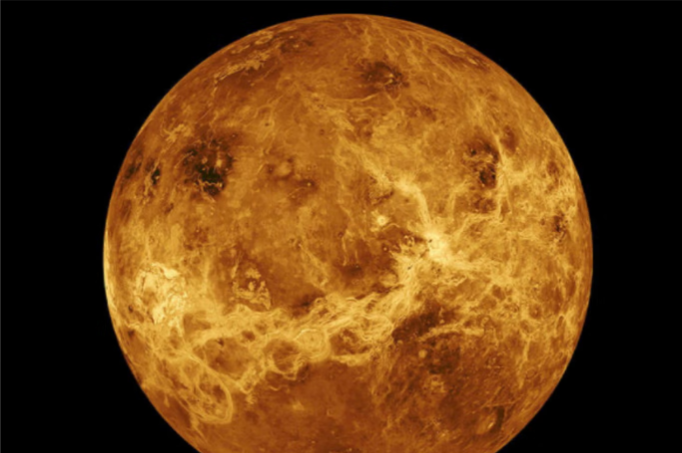Analysis reveals tectonic motion on Venus, challenging previous beliefs about its immobile surface
Venus, Earth’s closest planetary neighbor, may have more in common with our planet than scientists once believed. Recent research indicates that Venus is still geologically active, with evidence of tectonic movement similar to Earth’s. Researchers at North Carolina State University observed “crustal blocks” on Venus’s surface—described as “broken chunks of pack ice”—indicating a pattern of tectonic deformation driven by internal forces.
Unlike Mars or the Moon, which have immobile lithospheres, Venus shows signs of a shifting lithosphere, revealed through radar images from NASA’s Magellan mission. These findings challenge prior assumptions, suggesting that Venus has a dynamic surface, with crustal areas moving and rotating past each other in ways reminiscent of Earth’s tectonics.

